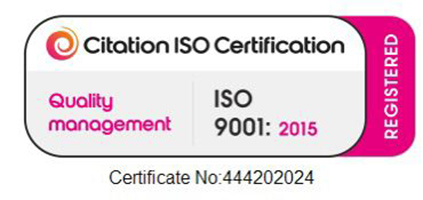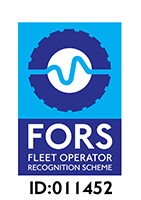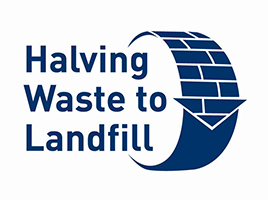PLASTIC
Recycling plastics is crucial for reducing environmental impact and conserving resources. Our process involves several steps, each of which contributes to the overall recycling process:

- Collection and Sorting: Haulaway collects mixed rigid plastics from various sources, such as households, businesses, and institutions. The collected plastics are then sorted to separate different types of plastics based on their resin codes (numbers inside the recycling symbol on plastic items).
- Baling: Once the plastics are sorted, they are compacted into bales. Baling makes transportation and storage more efficient.
- Transportation: The baled plastics are sent to facilities equipped for further processing. This may involve transporting them to a recycling centre or partnering facilities that specialise in plastic recycling.
- Washing: The baled plastics are thoroughly cleaned to remove dirt, debris, labels, and any contaminants. This step is crucial to ensure the quality of the recycled material.
- Granulation: After washing, the plastics are shredded or granulated into smaller pieces. This increases their surface area and prepares them for further processing.
- Separation and Sorting by Polymer Type: The granulated plastics are further sorted based on their specific polymer types (e.g., HDPE, PET, PP). This separation is essential because different polymers have distinct properties and recycling requirements.
- Extrusion: The sorted plastics are melted down and then extruded into pellets or small beads. Extrusion involves melting the plastic and forcing it through a mould to create uniform pellets.
- Quality Control: The produced plastic pellets are tested for quality, including properties like melt flow index and density. Quality control ensures that the recycled material meets industry standards.
- Moulding: Manufacturers use these recycled plastic pellets as raw material for producing new plastic products. The pellets are melted and injected into moulds to create various products like containers, packaging, toys, and more.
- New Product Distribution: The newly moulded plastic products are then distributed to markets and consumers. By using recycled plastics, companies contribute to sustainable production practices and reduce their dependence on virgin plastics.
It’s important to note that the success of this process relies on effective sorting, cleaning, and processing techniques. Also, consumer awareness and proper disposal of plastic waste play a significant role in ensuring that the recycled plastics maintain their quality and value throughout the recycling chain.
Haulaway’s efforts in recycling mixed rigid plastics showcase a commitment to environmental sustainability and circular economy principles. Recycling plastic waste into new products reduces the demand for new plastic production and minimises plastic pollution in the environment.






